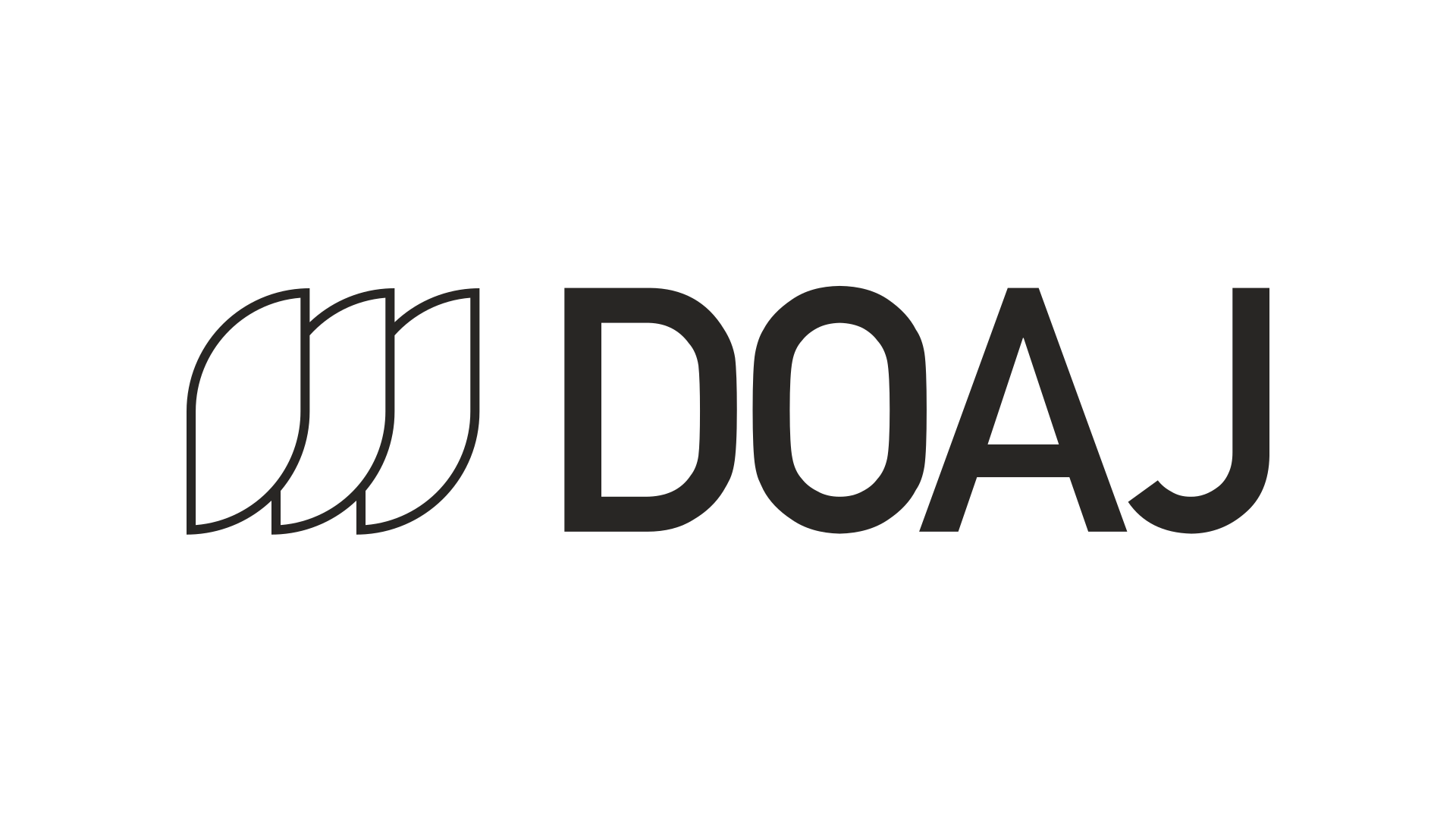Thanks to feedback from the community, we’ve been able to make some small changes and clarifications to the Application form.
We haven’t changed anything that affects the information required by the form but we have changed some of the Help texts and, hopefully, made the task of filling out the form slightly simpler.
The following changes that we made are of particular note:
- Questions 4 & 5: changed ‘ISSN’ and ‘EISSN’ to “ISSN (print version)” and “ISSN (online version)” and …
- … changed the help text to: ‘Only provide the print ISSN if your journal has one, otherwise leave this field blank. Write the ISSN with the hyphen “-” e.g. 1234-4321.’
- Question 19: changed the question text to: ‘How many research and review articles did the journal publish in the last calendar year?’
- Question 34: changed the Help text from ‘The journal must have either an editor or an editorial board with at least 5 clearly identifiable members, affiliation information and email addresses.’ to ‘The journal must have either an editor or an editorial board with at least 5 clearly identifiable members and affiliation information. We will ask for email addresses as part of our checks.’
Why do we ask for email addresses?
Asking journals to display email addresses on a web site can be a sensitive issue. We are fully aware of the implications of posting email addresses, privacy and spamming. So, even though it is possible to write email addresses in a non-crawlable way, thereby protecting the owner from unsolicited mail, we will no longer require publishers to display email addresses on the site unless they are already doing so. We will instead look for the information on the site or ask for URLs for five editorial board members. And don’t worry: no e-mail addresses that we receive will ever be displayed on DOAJ and we never reuse these email addresses for our own use. The data is safe with us.
You may wonder why we ask for email addresses in the first place? As we carry out our assessment on a journal’s quality, one of the key pieces of information that we look for is that the journal has a clearly identifiable editorial board as per the Principles of Transparency and Best Practice in Scholarly Publishing joint statement that we published with WAME, COPE and OASPA. Verifying email addresses for editorial board members gives us one extra piece of evidence that the members come from the Institution that the journal says they come from and allows us to contact them to confirm that they have accepted to be on the editorial board.
What do we mean by ‘research’ and ‘review’ articles?
For those smaller journals, publishing perhaps only a handful of articles a year, we will carefully look at the types of articles they are publishing to make sure that the journal content is high quality original research. For those journals publishing case reports, you may count them as original research articles if they focus on more than 3 cases in the analytical activity.
When providing the number of articles published, you may round down to the nearest 10.
